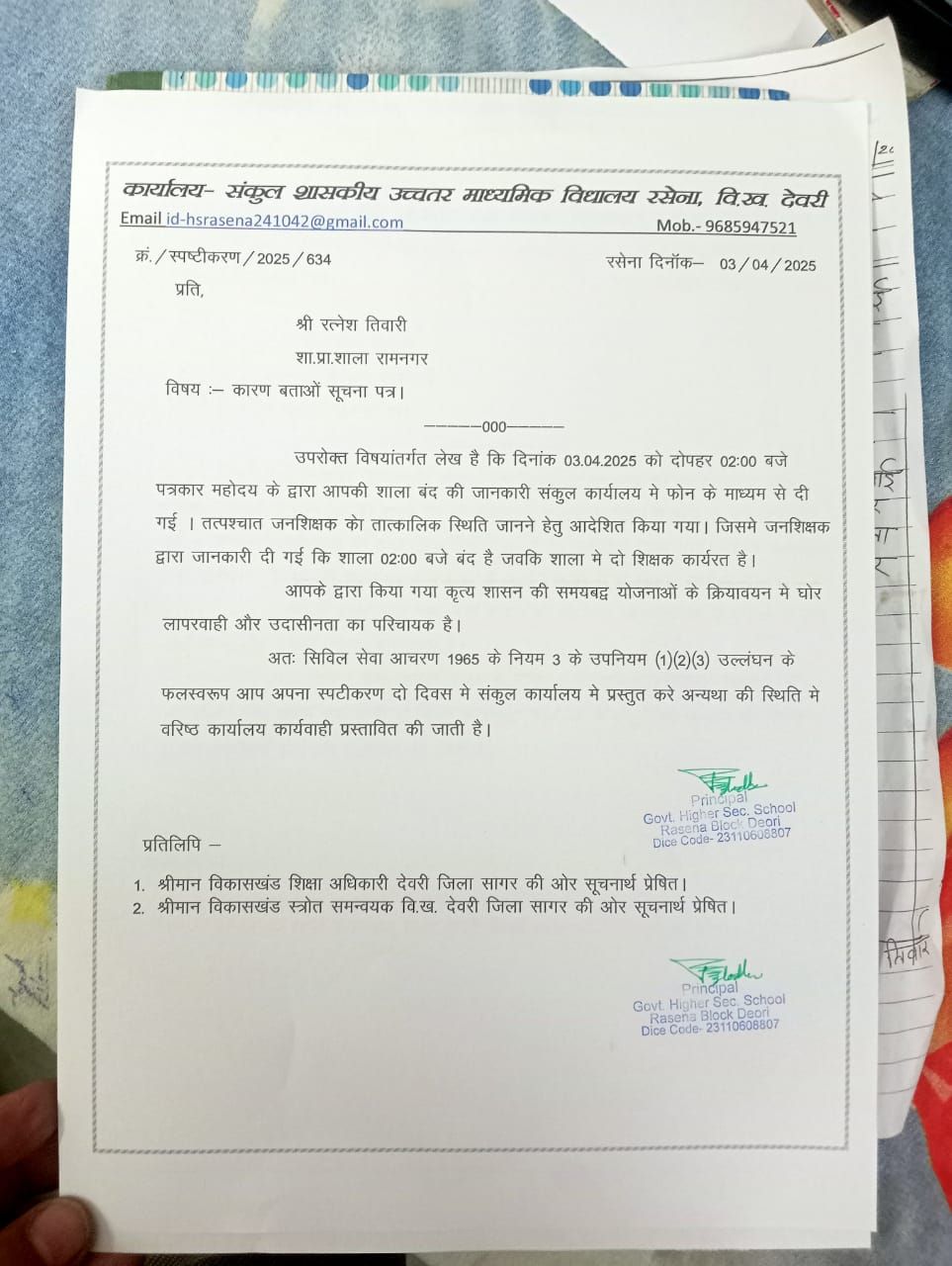Whoa! Ever tried juggling assets across multiple blockchains and felt like you’re spinning plates? Yeah, me too. At first glance, the whole idea of swapping tokens between chains sounds straightforward—just a quick trade, right? But then reality hits: delays, fees, and, oh, the security headaches. Something felt off about the usual workflows. Like, why hasn’t anyone nailed this yet? Actually, wait—maybe they have, but it’s buried under layers of complexity most users shy away from.
Cross-chain swaps, portfolio tracking, and transaction simulation aren’t just buzzwords; they’re becoming the backbone of efficient DeFi use. But the devil’s in the details. If you’re a DeFi user juggling Ethereum, Binance Smart Chain, Polygon, and whatever else, you know how messy it can get. I’m biased, but the right tools can make this almost painless—almost.
Here’s the thing. The ideal multi-chain wallet isn’t just about holding tokens. It’s about managing risk, timing trades, and avoiding costly mistakes. I mean, wouldn’t it be nice if you could simulate a transaction before actually sending it? Imagine saving gas fees and avoiding failed transactions just by previewing outcomes. That’s the kind of sophistication that makes a difference.
But, okay, let me back up a bit. Initially, I thought any wallet that supports multiple chains would do the trick. Then I spent hours tracking my portfolio across different apps and got a headache from inconsistent data. On one hand, the fragmentation feels like a natural outcome of blockchain diversity; though actually, it’s a problem begging for a smarter solution.
Seriously, managing DeFi assets without an integrated view is like trying to read a novel with missing pages. You get bits and pieces, but the story’s confusing. That’s why I’ve been digging into wallets that combine cross-chain swaps, portfolio tracking, and transaction simulation in one place. One name that popped up repeatedly was rabby. It’s not perfect, but it’s one of those rare tools that gets close to what I need.
Check this out—

At first glance, rabby feels intuitive. It supports seamless swaps across chains while giving you a consolidated portfolio view. The transaction simulation feature? A neat safeguard against unexpected failures, especially when gas prices spike or contract methods change unexpectedly. I’m not 100% sure how they pull off the magic behind the scenes, but it works surprisingly well.
What bugs me, though, is that no wallet is foolproof. There’s always some trade-off between user-friendliness and advanced features. Some wallets overwhelm you with options; others hide important details to keep things simple. Rabby strikes a solid balance, but I’m still cautious—because in DeFi, trust is earned, not given.
The Cross-Chain Swap Conundrum
Okay, so check this out—cross-chain swaps aren’t just about moving tokens. They’re about preserving value and avoiding fraud. Early attempts relied on centralized exchanges or clunky bridges, which often led to delays and security risks. My instinct said that a non-custodial wallet with built-in cross-chain capabilities could solve this. And guess what? That’s where rabby shines.
But here’s a twist. Despite the technical advances, some users still prefer the old-school approach—sending tokens manually through bridges because they trust familiar interfaces. It’s a classic case of “if it ain’t broke, don’t fix it,” even if the new tools are objectively better. This tension between innovation and user trust is fascinating.
Personally, I’ve tried several cross-chain swap features, and the most frustrating part is unpredictable fees. Sometimes, a “quick swap” costs more than I expected. Rabby helps by simulating transactions beforehand, showing estimated gas fees and potential slippage. Yeah, that’s a small detail, but it saves you from throwing away money on failed swaps.
Still, I wonder how mainstream users will react. The interface is clean, but the concept is complex. Educating users about transaction simulation and portfolio tracking might be the missing puzzle piece. Without it, even the best tools could remain underused.
Portfolio Tracking: More Than Just Numbers
Tracking your DeFi portfolio feels like herding cats. Different chains, tokens, liquidity pools—it’s overwhelming. Rabby’s approach to consolidating assets across chains into a single dashboard is a huge time saver. At the same time, it encourages better decisions by showing real-time valuations and historical performance.
Here’s the kicker: not all portfolio trackers are created equal. Some just show balances; others integrate with DeFi protocols to reflect staked or locked assets. Rabby manages to include those nuances, which makes a big difference when assessing your overall exposure.
On one hand, I like the transparency this brings. Though actually, the constant flux in token prices means you need to check often—or risk flying blind. Having a tool that updates in real time helps, but it also feeds into FOMO if you’re not careful.
Oh, and by the way, the analytics aren’t perfect. Sometimes, I caught small discrepancies between what rabby showed and on-chain data. Probably minor sync issues, but enough to remind me that no wallet is a crystal ball. Still, it’s better than juggling spreadsheets or multiple apps.
Transaction simulation is another layer that ties neatly into portfolio management. Before you commit to a swap, you get a preview of how your portfolio will look post-trade. This foresight can prevent rash decisions and costly mistakes. It’s like rehearsing your moves before stepping onto the dance floor.
Why Transaction Simulation Matters More Than You Think
Here’s what bugs me about most wallets: they don’t tell you what could go wrong until it’s too late. Gas fees spike, contracts change, or slippage ruins your trade. Simulation tools give you a sneak peek, which feels like a superpower in the volatile DeFi world.
Initially, I thought simulation was just a nice-to-have. But after a few painful errors—like sending tokens to the wrong chain or hitting unexpected contract errors—I realized it’s very very important. Rabby’s simulation feature saved me multiple times by flagging potential issues before I hit “confirm.”
It’s not just about saving money. It’s about peace of mind. DeFi can feel like the Wild West, and this kind of safety net helps tame the chaos a bit. Still, no simulation can guarantee 100% success because blockchain conditions change rapidly. But hey, it’s better than flying blind.
Something else that caught my attention is how simulation can educate users. By showing what happens behind the scenes, it demystifies smart contracts and transaction flow. I’m hopeful this will encourage more people to explore DeFi without fear.
On a side note, the integration of simulation with cross-chain swaps and portfolio tracking in a single wallet like rabby feels like a natural evolution. It’s not just a collection of features but a carefully crafted ecosystem that respects user needs and risks.
Final Thoughts: Is Rabby the Future of Multi-Chain Wallets?
Honestly, I’m still testing the waters. Rabby isn’t flawless, but it’s one of the most promising multi-chain wallets I’ve found that balances usability and advanced features. It understands the needs of DeFi users who want control, transparency, and safety.
What I appreciate most is the honest approach to risk management—transaction simulation is a rare gem that deserves more attention. Plus, consolidating portfolio data across chains saves so much time it’s almost unfair to other wallets.
Oh, and by the way, if you’re serious about DeFi, I’d recommend giving rabby a try. It’s not just hype; it’s a tool that can actually improve your workflow. That said, keep your expectations realistic. No wallet can replace due diligence or guarantee profits.
So yeah, cross-chain swaps, portfolio tracking, and transaction simulation might sound like tech jargon, but they’re quickly becoming essentials for anyone serious about decentralized finance. The right wallet can make your DeFi journey smoother and safer—if you choose wisely.
Frequently Asked Questions
What exactly is a cross-chain swap?
A cross-chain swap allows you to exchange tokens between different blockchain networks without needing a centralized exchange. It’s handy for moving assets seamlessly across ecosystems like Ethereum and Binance Smart Chain.
How does transaction simulation help?
Simulation previews a transaction’s outcome—including fees and success likelihood—before you commit on-chain. This helps avoid failed transactions and unexpected costs.
Why is portfolio tracking across chains challenging?
Each blockchain has its own tokens, balances, and DeFi protocols. Aggregating this data into a single view requires syncing multiple sources and handling complex token states like staking or liquidity pools.
Is rabby safe to use for managing multiple chains?
Rabby is a non-custodial wallet focused on security and transparency. While no tool is 100% risk-free, it incorporates advanced features like transaction simulation to reduce errors and potential losses.






